The iPhone XS & XS Max Review: Unveiling the Silicon Secrets
by Andrei Frumusanu on October 5, 2018 8:00 AM EST- Posted in
- Mobile
- Apple
- Smartphones
- iPhone XS
- iPhone XS Max
Camera - Low Light Evaluation
In low-light scenarios, we should see the new iPhone XS showcase significant improvements thanks to the 50% better light capture ability of the new sensor. Apple’s still only employing a f/1.8 aperture lens on the XS - so while it will improve over past phones, at least on paper it’s still at a disadvantage to say Samsung’s latest phones, which have an extra-wide f/1.5 aperture available to them.
[ iPhone XS ] - [ iPhone X ] - [ iPhone 7 ] - [ iPhone 6S ]
[ Galaxy Note9 ] - [ Galaxy S9+ ] - [ Galaxy S8 ]
[ LG G7 ] - [ LG G6 ] - [ LG V30 ] - [ OnePlus 6 ]
[ Mi MIX2S ] - [ Pixel 2XL ] - [ P20 Pro ]
In this first shot, we immediately see the new iPhone’s advantage over last year’s flagship. There is a lot more definition in the grass, less noise throughout the image, and less blown out lights in the scene.
Unfortunately, Apple is as expected still at a great disadvantage to Samsung here, as the latter is just able to give more light onto the whole scene, and the most evident, more colour to the grass. In terms of raw low light capture, the Huawei P20 Pro is still far ahead here, thanks to its massive sensor that is able to collect significantly more light.
[ iPhone XS ] - [ iPhone X ] - [ iPhone 7 ] - [ iPhone 6S ]
[ Galaxy Note9 ] - [ Galaxy S9+ ] - [ Galaxy S8 ]
[ LG G7 ] - [ LG G6 ] - [ LG V30 ] - [ OnePlus 6 ]
[ Mi MIX2S ] - [ Pixel 2XL ] - [ P20 Pro ]
At first glance, the iPhone XS didn’t shoot a much brighter picture than the iPhone X in this construction scene. Opening up the full resolution images however shows that the new XS showcases much better details and lower noise. It’s not enough to compete with the S9+, and certainly not with the insane ISO25600 shot of the P20 Pro.
It’s interesting to see the improvements over the years from the iPhone 6S on – which barely manages to capture anything in this scene.
[ iPhone XS ] - [ iPhone X ] - [ iPhone 7 ] - [ iPhone 6S ]
[ Galaxy Note9 ] - [ Galaxy S9+ ] - [ Galaxy S8 ]
[ LG G7 ] - [ LG G6 ] - [ LG V30 ] - [ OnePlus 6 ]
[ Mi MIX2S ] - [ Pixel 2XL ] - [ P20 Pro ]
The next shot is probably the only one that I found to be really problematic for Apple. Both on the iPhone X and the new XS, the resulting images weren’t consistent in consecutive shots. In four shots in a row, the iPhone XS kept changing the colour temperature. The same thing happened on the iPhone X, so I think this was part of Apple’s exposure / colour balance algorithm.
Colour balance aside, the exposure is similar between the X and the XS, and all the improvements of the new sensor go directly into improved detail and noise reduction throughout the scene, which is significantly better again compared to last year’s iPhone.
Here Apple is very close to Samsung, showcasing a bit better shadows, but still losing out in details in some parts of the scene. The P20 Pro is yet again the low-light kind here, as it just have that much more dynamic range work with.
[ iPhone XS ] - [ iPhone X ] - [ iPhone 7 ] - [ iPhone 6S ]
[ Galaxy Note9 ] - [ Galaxy S9+ ] - [ Galaxy S8 ]
[ LG G7 ] - [ LG G6 ] - [ LG V30 ] - [ OnePlus 6 ]
[ Mi MIX2S ] - [ Pixel 2XL ] - [ P20 Pro ]
Again, the iPhone’s new sensor comes into play in these concrete trucks. The XS makes very good dealing of the blown highlights present in the iPhone X shot. Samsung is able to produce more vibrancy in the blue of the trucks. Huawei’s multi-exposure computational photography night mode is the best of all phones here as it’s just able to bring out that much more from the shadows.
[ iPhone XS ] - [ iPhone X ] - [ iPhone 7 ] - [ iPhone 6S ]
[ Galaxy Note9 ] - [ Galaxy S9+ ] - [ Galaxy S8 ]
[ LG G7 ] - [ LG G6 ] - [ LG V30 ] - [ OnePlus 6 ]
[ Mi MIX2S ] - [ Pixel 2XL ] - [ P20 Pro ]
Apple's use of SmartHDR in this picture is extremely evident, as it really brings down the highlights of the lamp and brings out more shadows throughout the scene. The XS provides better detail, but it’s not as big of a difference as we’ve seen in other shots.
Apple’s usage of HDR here puts it ahead of the Samsung devices, trading blows with the P20 Pro, winning in some regards, while losing in others.
[ iPhone XS ] - [ iPhone X ] - [ iPhone 7 ] - [ iPhone 6S ]
[ Galaxy Note9 ] - [ Galaxy S9+ ] - [ Galaxy S8 ]
[ LG G7 ] - [ LG G6 ] - [ LG V30 ] - [ OnePlus 6 ]
[ Mi MIX2S ] - [ Pixel 2XL ] - [ P20 Pro ]
Finally, I wanted to test the iPhone XS to its limits and see what it can do in essentially impossible scenarios of low light.
Exposure-wise, the iPhone XS is no better than the X here. It provides better sharpness and less noise, however the image is still too dark to be of any use. I wish Apple would introduce a more innovative low light shooting mode, such as LG’s pixel binning mode. Huawei’s ISO51200 capture of this scene is just so beyond any other current phone, that it really raised the bar in what we’d normally expect to see in a smartphone.
Low-light conclusion
The new iPhone XS sensor is a great improvement to Apple’s lineup. Its advantages over the iPhone X are clearly evident in every single low-light shot, showcasing greater detail and sharpness while reducing noise. SmartHDR doesn’t seem to be something that’s solely for daylight shots, as Apple and the iPhone XS seem to make use of it in some low-light scenarios, giving the camera a further advantage over last year’s phones.
While Apple has showcased some really good progress, it’s can still lag behind low-light image quality of Samsung and Huawei’s P20 Pro. The former’s bigger aperture is just a sheer hardware advantage, while the latter enormous sensor makes use of innovative image processing to really raise the bar in terms of extreme low light photography. Here the iPhone XS is good; but it just can’t keep up.


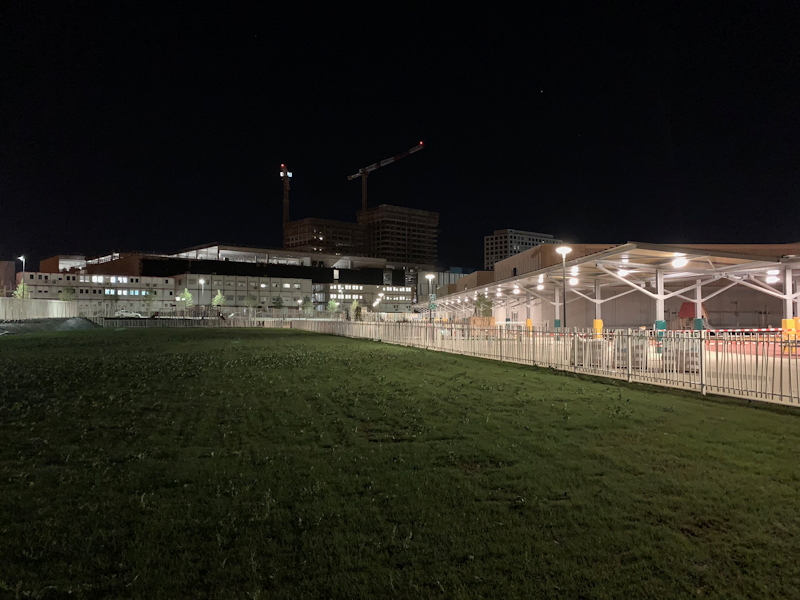
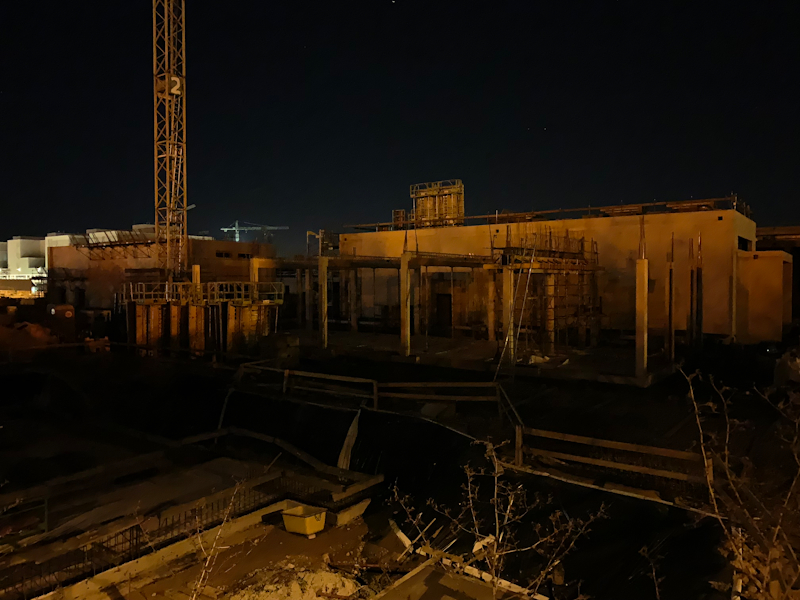
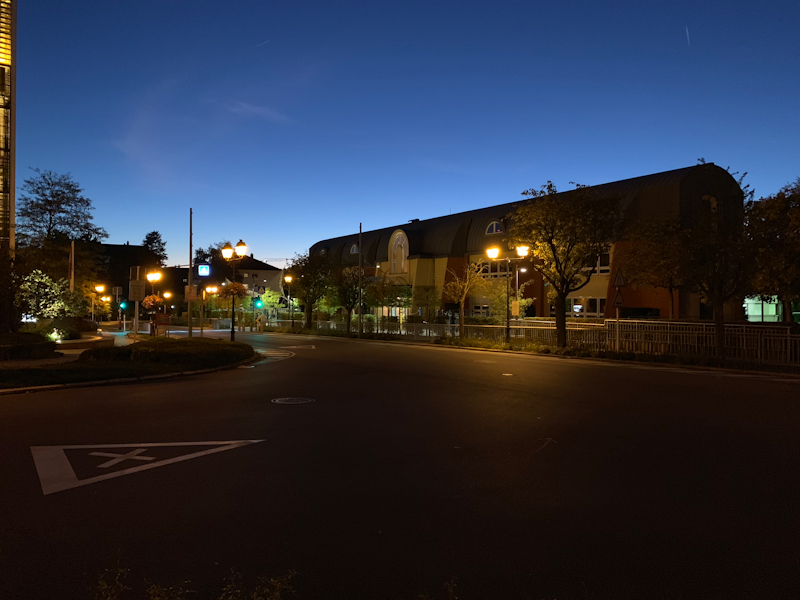
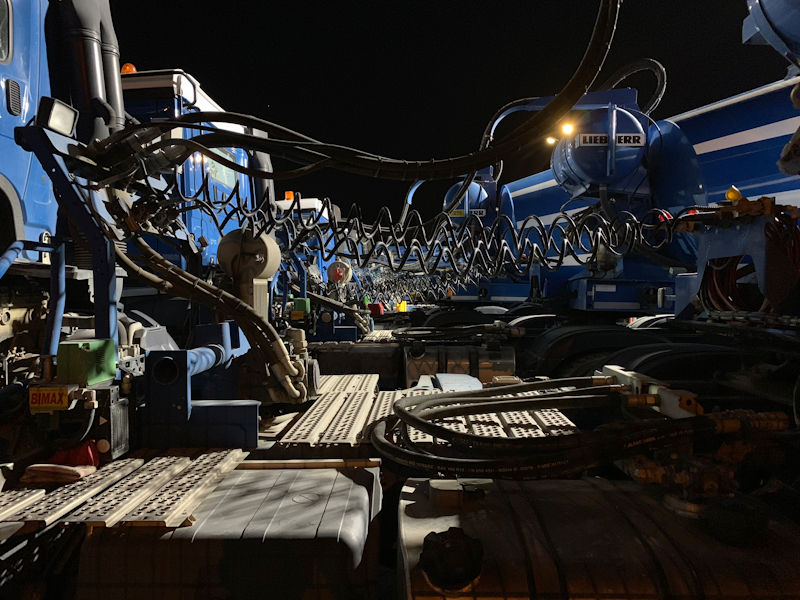
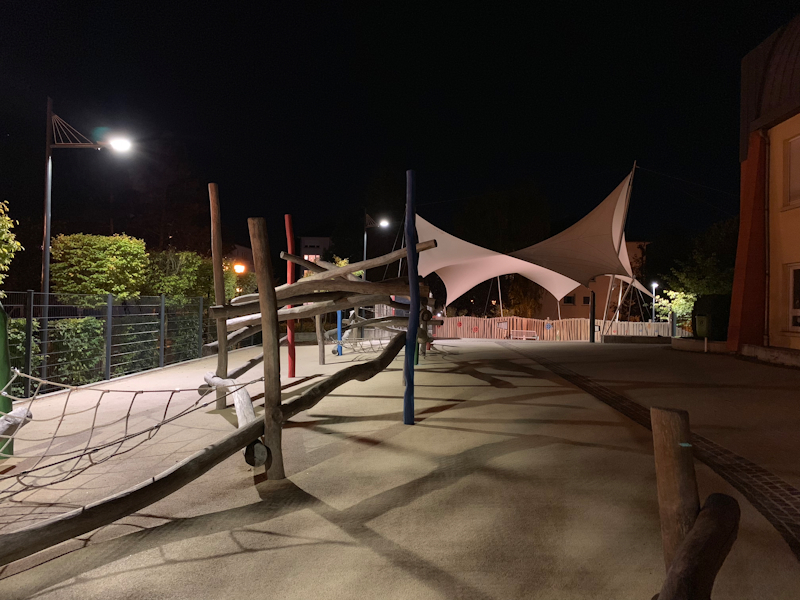
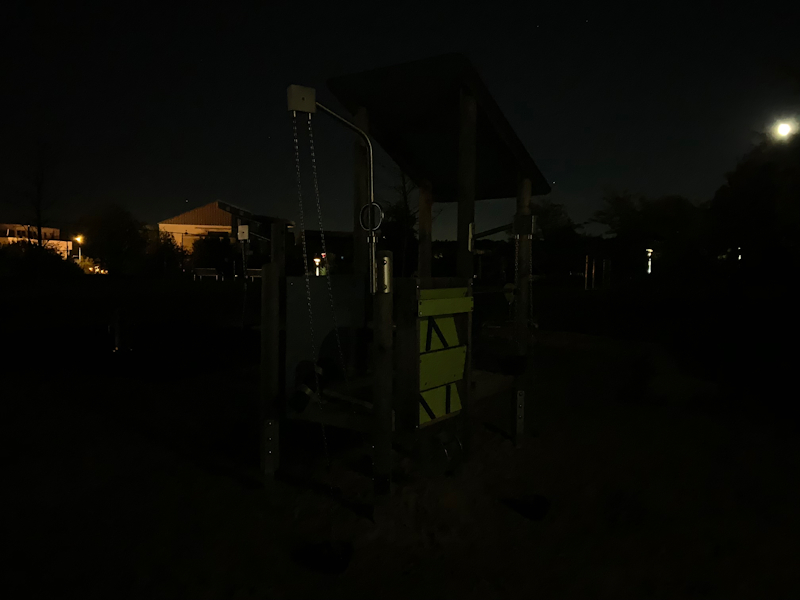








253 Comments
View All Comments
iwod - Saturday, October 6, 2018 - link
> 480-500 mW when on a black screenAm I correct in understanding this figures in base "system" power? And not the display? There could be a case for more memory from iPhone 8, where the X had 3GB and Xs had 4GB.
Andrei Frumusanu - Saturday, October 6, 2018 - link
It's the power of the whole phone, meaning idle SoC, power delivery, and the screen and its controllers at an equivalent 0 nits brightness. Out of that figure some part will be the display, but we can't really separate it without tearing down the phone.The base power for the X and XS is near identical - the big difference is to the LCD iPhones.
iwod - Saturday, October 6, 2018 - link
Arh. That makes things clear. But why would OLED consume more power compared to LCD when it is completely off. This goes against common wisdom / knowledge OLED were suppose to be extremely efficient in all black display.Glaurung - Sunday, October 7, 2018 - link
"But why would OLED consume more power compared to LCD when it is completely off."This is addressed obliquely in the article - because the OLED display has high colour depth and extremely high DPI, it requires extra power to control all the levels of brightness for each and every one of those pixels.
eastcoast_pete - Sunday, October 7, 2018 - link
A few years ago, I loaded a "black Background" app on my trusty old Samsung S3. A black background always made a lot of sense to me for OLED-type screens. I might have missed it, but does Apple provide a black background setting in its settings for the XS and XS max? Also, I haven't seen much discussion about possible burn-in for OLED screens here or in other reviews of phones with OLED screens. Is this now a non-issue, maybe as many replace their phones before burn-in shows?ex2bot - Sunday, October 7, 2018 - link
No dark mode yet except for an incomplete one in accessibility settings. You end up with some graphics turned negative image. Hopefully, we’ll get a proper dark mode in iOS 13. The Mac finally got one.fzwo - Sunday, October 7, 2018 - link
If you activate Voice Over in Accessibility settings, you can triple-tap the display with three fingers to activate the „screen courtroom“, which makes the whole screen dark. I believe this turned off the backlight on LCD iPhones. Maybe it deactivates more than just displaying a black screen, and can help lower base power usage.Of course Voice Over being on may affect other behavior/benchmarks.
fzwo - Sunday, October 7, 2018 - link
Sorry, that should read „screen courtain“. Autocorrect is one area that seems to have gotten worse for me with iOS 12 😅eastcoast_pete - Monday, October 8, 2018 - link
Thanks for the information (I don't own an iPhone). The dark/black background I mean (and used to use on my S3 and later on a Blackberry Priv) didn't turn off the entire screen, so the icons were still bright, and appeared even brighter against the black background. I really wonder how much power one can save on phones like the iPhone X, XS and XS Max by using an unlit background. In theory, every lit pixel adds a little power drain, and every little LED not lit up should save that.AntonErtl - Saturday, October 6, 2018 - link
For me the most interesting part of the review is the SPECint results. Looking at the official SPEC report of the system with the highest base result (Cisco UCS B200 M5 (Intel Xeon Gold 6146,3.20 GHz), 4.2GHz Turbo), the A12 is really close; e.g., 44.56 (A12) vs. 48.3 (Xeon) for 403.gcc. An exception is 456.hmmer, but there Cisco (and many others) are using some compiler trick that you apparently are not using.
And the A12 is using quite a bit less power for these results than the Xeon. Very impressive of Apple. Maybe they should go into the server CPU business and produce the ARM-based server CPU that others have aimed for these last years.